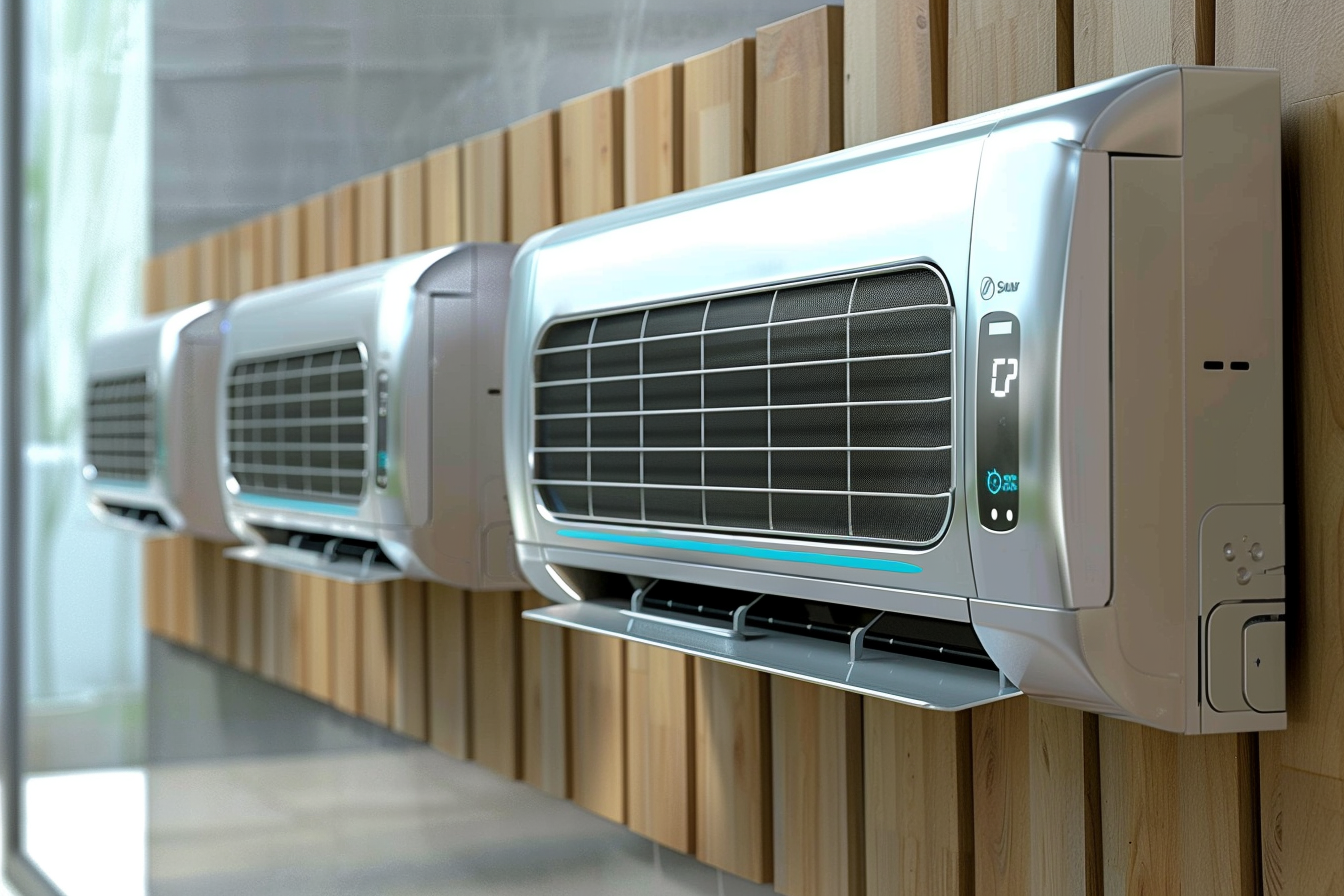Why Dirty Air Ducts Could Be Costing You Big
Air ducts play a bigger role in home efficiency than most people realize. When dust and debris build up, your system works harder, using more energy and wearing out faster. This article explores what homeowners overlook, how small inefficiencies add up, and why regular cleaning can save more than just your comfort.

Hidden within the walls and ceilings of your home lies a network of ducts responsible for circulating heated and cooled air throughout your living spaces. Over time, these pathways accumulate dust, debris, pet dander, and other contaminants that restrict airflow and force your system to work harder than necessary. The financial impact of this buildup extends far beyond what most homeowners realize, affecting everything from monthly utility bills to the longevity of expensive equipment.
How Do Dirty Air Ducts Increase Energy Costs and System Wear?
When dust and debris accumulate inside your ductwork, they create resistance that impedes air movement throughout your home. Your system must run longer and work harder to achieve the desired temperature, directly translating to increased energy consumption. Studies indicate that systems with restricted airflow can experience efficiency losses of 20 to 40 percent, meaning you could be paying substantially more each month simply because your ducts need attention.
Beyond energy waste, this added strain accelerates wear on critical components like blower motors, compressors, and heat exchangers. Parts that should last 15 to 20 years may fail prematurely, requiring costly repairs or even complete system replacement. The cumulative effect of running a compromised system year after year can easily amount to thousands of dollars in preventable expenses.
What Are the Benefits of Professional Inspection and Duct Cleaning?
Professional technicians use specialized equipment including cameras, brushes, and high-powered vacuums to thoroughly remove accumulated contaminants from your ductwork. A comprehensive inspection identifies not only buildup but also leaks, disconnected sections, and inadequate insulation that contribute to energy loss. Addressing these issues restores proper airflow, allowing your system to operate at designed efficiency levels.
Homeowners who invest in professional duct cleaning typically notice immediate improvements in system performance and air quality. Reduced dust accumulation on surfaces, fewer allergy symptoms, and more consistent temperatures throughout the home are common benefits. From a financial perspective, restoring optimal airflow can reduce energy bills by 15 to 30 percent while extending equipment lifespan significantly.
How Can You Improve Home Energy Efficiency and Airflow?
Beyond professional cleaning, several practical steps can help maintain efficient airflow and reduce energy costs. Ensuring all supply and return vents remain unobstructed by furniture, curtains, or rugs allows air to circulate freely. Sealing gaps around duct connections in accessible areas like basements and attics prevents conditioned air from escaping into unconditioned spaces.
Proper insulation of ductwork running through unconditioned areas minimizes temperature loss during air transit, ensuring heated or cooled air reaches living spaces at the intended temperature. Installing a programmable or smart thermostat enables more precise temperature control, reducing unnecessary system runtime. These combined efforts complement professional maintenance and maximize your return on investment.
What Is the Recommended Air Filter Replacement and Maintenance Schedule?
Your air filter serves as the first line of defense against contaminants entering your ductwork and equipment. Standard one-inch filters should be replaced every 30 to 90 days depending on factors like pet ownership, occupancy, and local air quality. Homes with multiple pets or family members with allergies benefit from monthly replacement, while less demanding environments may extend to quarterly changes.
Thicker pleated filters offering higher efficiency ratings can often last three to six months but require monitoring to ensure they do not become so clogged that they restrict airflow. Setting calendar reminders or using subscription services that deliver filters on schedule helps maintain consistency. Regular filter changes prevent the buildup that necessitates more extensive and expensive duct cleaning interventions.
What Do Duct Cleaning and Maintenance Services Cost?
Understanding the investment required for professional services helps homeowners budget appropriately and recognize the value proposition. Costs vary based on system size, ductwork accessibility, contamination level, and regional market factors. The following table provides general cost estimates for common services:
| Service | Provider Type | Cost Estimation |
|---|---|---|
| Basic Duct Cleaning | Local Contractors | $300 - $500 |
| Comprehensive Duct Cleaning | Specialized Companies | $450 - $1,000 |
| Duct Inspection with Camera | Licensed Technicians | $200 - $400 |
| Duct Sealing Services | Professional Services | $1,000 - $2,500 |
| Annual Maintenance Contract | Service Providers | $150 - $300/year |
Prices, rates, or cost estimates mentioned in this article are based on the latest available information but may change over time. Independent research is advised before making financial decisions.
While these costs may seem significant, they represent a fraction of the expense associated with premature system replacement or years of inflated energy bills. Most homeowners find that professional duct cleaning every three to five years, combined with diligent filter maintenance, provides optimal cost-benefit balance.
When Should You Schedule Professional Maintenance?
Several indicators suggest your ductwork requires professional attention. Visible dust buildup around vents, musty odors when the system runs, unexplained increases in energy bills, and uneven heating or cooling throughout your home all warrant investigation. Homes that have undergone recent renovations, experienced water damage, or have never had ducts cleaned since construction should prioritize scheduling an inspection.
The optimal time for duct cleaning typically falls during spring or fall when heating and cooling demands are minimal. This timing allows technicians to work without compromising your comfort and ensures your system operates at peak efficiency when you need it most. Establishing a relationship with a reputable local service provider facilitates regular maintenance and provides access to emergency support when unexpected issues arise.
Taking proactive steps to maintain clean ductwork and optimal airflow protects your financial investment while creating a healthier, more comfortable living environment. The costs associated with neglect far exceed the reasonable expense of regular maintenance, making duct care one of the most cost-effective home improvement priorities available to homeowners.




